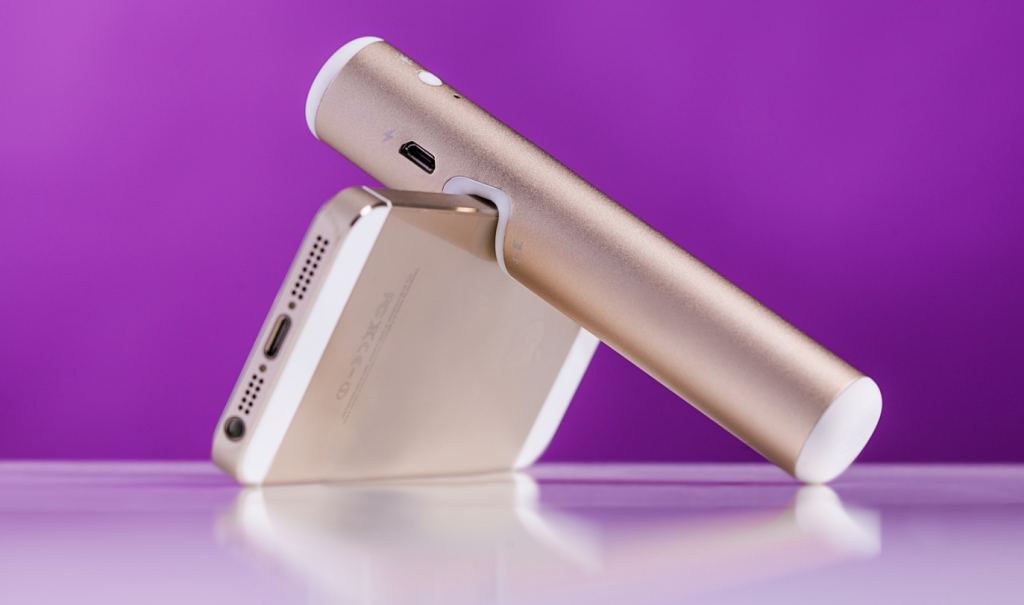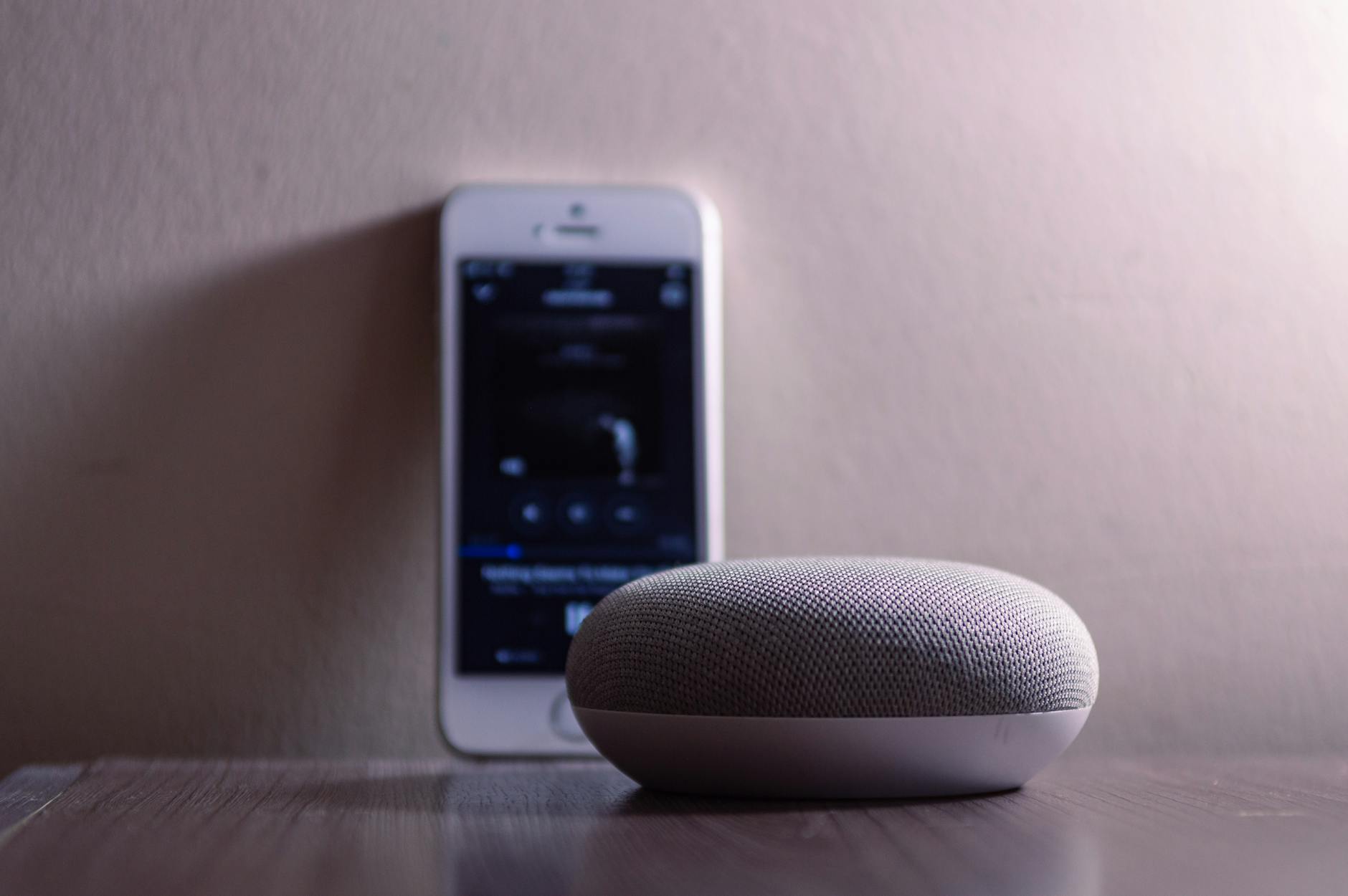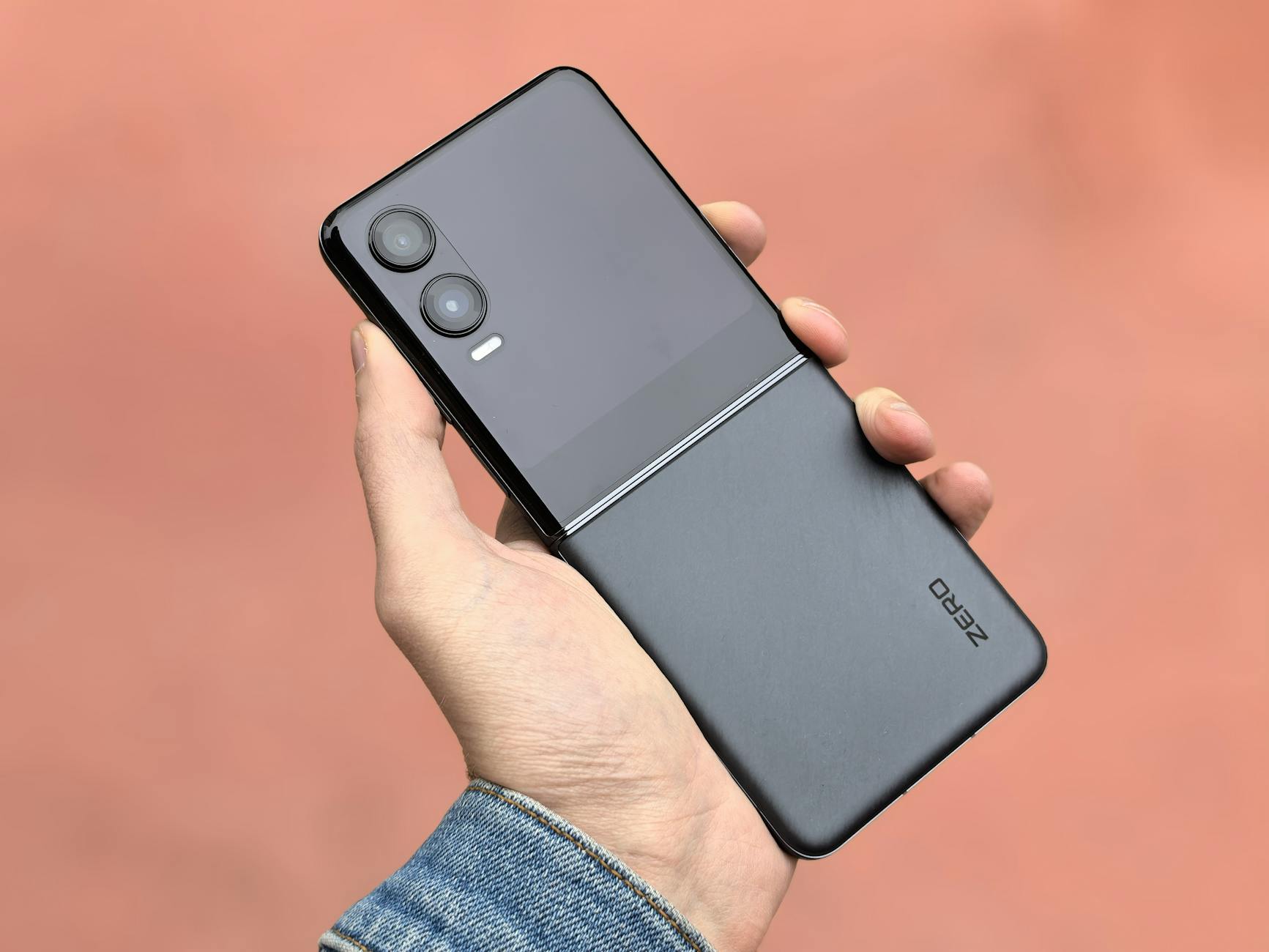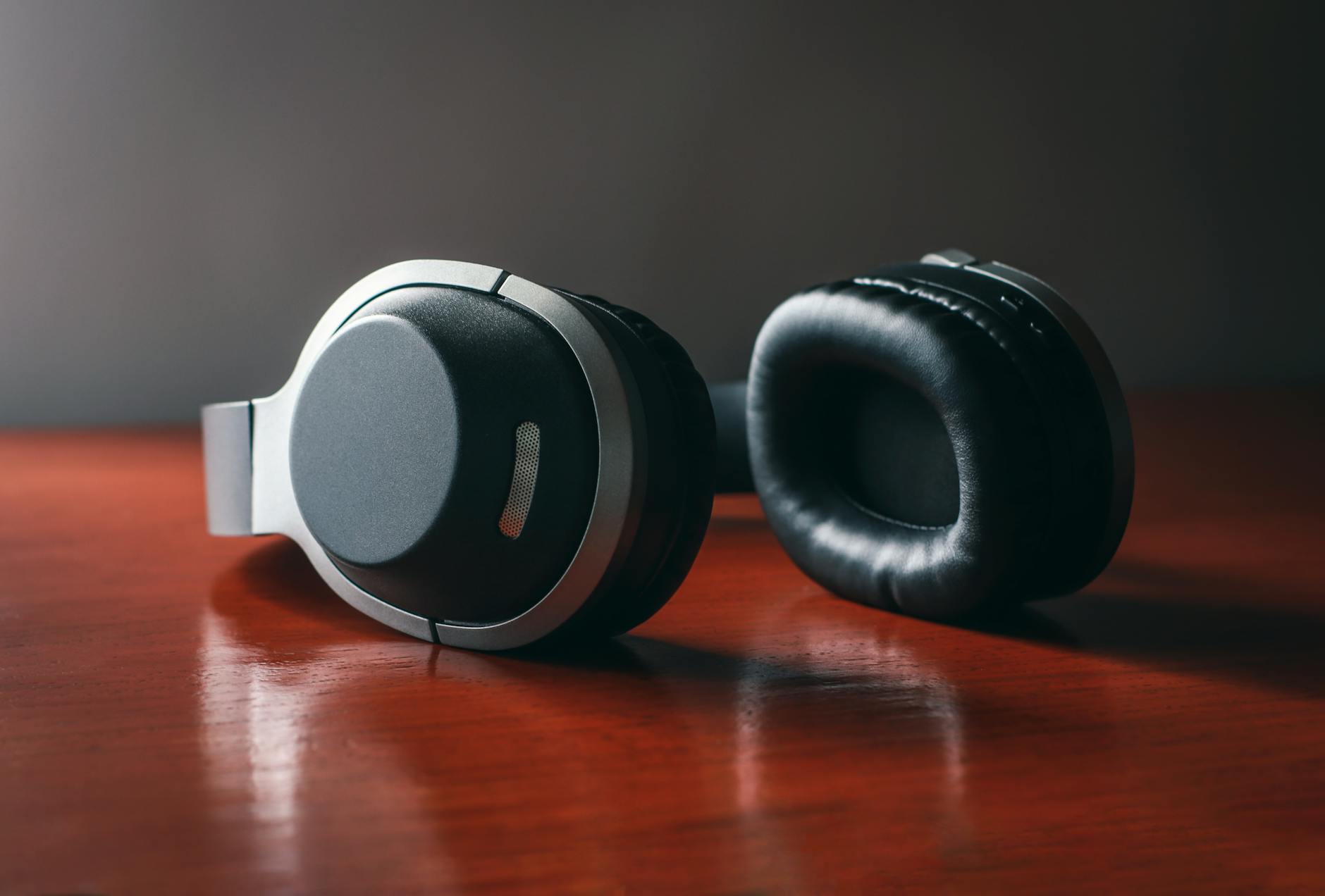Picture this: you’re at the airport, rushing to your gate, and your phone’s battery is flashing a measly 5%. Or maybe you’re on a long commute, and your tablet dies just as you’re about to finish that Netflix episode. Sound familiar? In our gadget-obsessed world, a dead battery isn’t just inconvenient—it’s a full-blown crisis. That’s where portable chargers swoop in like superheroes, saving the day for travelers and daily grinders alike. In this guide, I’ll break down the best portable chargers for travel and daily use, diving into what makes them tick, which ones stand out, and how to pick the perfect one for you. Let’s plug in and get started!
Why You Need a Portable Charger
Let’s be real: our devices are our lifelines. From navigating foreign cities to staying on top of work emails, we rely on phones, tablets, and even laptops to keep us connected. But batteries? They’re not exactly marathon runners. A portable charger is your safety net, ensuring you’re never left stranded with a dead device. Whether you’re hopping planes or just hopping on the bus, a power bank is a must-have.
The Role in Travel
Traveling is chaotic enough without the added stress of a dying phone. Imagine landing in a new city, pulling up Google Maps, and—poof—your battery’s gone. Portable chargers are a traveler’s best friend, offering freedom from the hunt for elusive airport outlets. They’re compact enough to toss in your carry-on and powerful enough to keep your devices juiced through long flights, layovers, or off-grid adventures. Plus, with TSA allowing power banks up to 100 watt-hours in carry-on luggage, they’re a no-brainer for any trip.

Everyday Convenience
Even when you’re not globetrotting, a portable charger is a game-changer. Forgot to charge your phone overnight? No problem. Stuck in a meeting with your AirPods dying? Got you covered. Portable chargers are like that friend who always has your back, slipping into your pocket or purse to deliver power when you need it most. They’re perfect for long workdays, commutes, or those “I’ll just watch one more TikTok” moments that drain your battery by noon.

Key Features to Look for in a Portable Charger
Not all power banks are created equal. With hundreds of options out there, it’s easy to get overwhelmed. So, what should you prioritize? Think of choosing a portable charger like picking a travel buddy: you want someone reliable, versatile, and easy to carry. Here’s what to focus on.

Battery Capacity (mAh)
Milliamp-hours (mAh) are the heart of a portable charger. This number tells you how much juice it can hold. A 5,000mAh charger might fully charge your iPhone once, while a 20,000mAh beast can power multiple devices for days. For daily use, 10,000mAh is a sweet spot—compact yet potent. For travel, especially with tablets or laptops, aim for 20,000mAh or more. Just remember: higher capacity often means more weight.

Portability and Size
If your charger feels like lugging a brick, it’s not doing its job. Portability is key, especially for travel. Look for slim, lightweight designs that slide into your pocket or bag without weighing you down. Some chargers, like the Anker Nano, are as small as a lipstick case, making them perfect for daily carry. For travel, prioritize models that balance capacity with a compact footprint.

Charging Speed and Ports
Speed matters. A charger that takes hours to revive your phone is no better than a wall outlet you can’t find. Look for USB-C Power Delivery (PD) ports with at least 18W for fast charging. Multiple ports (USB-C and USB-A) are a bonus, letting you charge several devices at once. Some chargers even offer wireless charging or built-in cables for extra convenience.

Durability and Build Quality
Your charger’s going to take a beating—tossed in bags, dropped on floors, or stuffed in overcrowded pockets. A sturdy build is non-negotiable. Opt for models with hard-plastic shells or rugged designs, like the BioLite Charge 100 Max, which can handle the rough and tumble of travel. Durability ensures your investment lasts through countless charge cycles.

Top Portable Chargers for Travel and Daily Use
After digging through reviews, testing insights, and real-world feedback, I’ve rounded up four standout portable chargers that shine for both travel and daily use. Each one’s been vetted for performance, portability, and value. Let’s dive in.
Anker PowerCore 10000
The Anker PowerCore 10000 is the gold standard for daily use. Weighing just 6.3 ounces and smaller than a deck of cards, it’s a pocket-friendly powerhouse. Its 10,000mAh capacity delivers about two full iPhone charges, perfect for a day of errands or a quick trip. With 12W charging via a single USB-A port, it’s not the fastest, but it’s reliable and affordable.
Pros and Cons
Pros: Ultra-compact, lightweight, budget-friendly, reliable brand.
Cons: Limited to one port, no fast charging.

Belkin BoostCharge Plus 10K
For travelers, the Belkin BoostCharge Plus 10K is a dream. It’s got built-in USB-C and Lightning cables, so you don’t need to pack extras. At 10,000mAh, it can charge most phones up to three times, and its sleek design slips easily into a carry-on. The 18W USB-C port ensures decent charging speeds, and it’s sturdy enough for daily wear.
Pros and Cons
Pros: Built-in cables, compact, durable, versatile ports.
Cons: Pricier than some, no wireless charging.

INIU Portable Charger 20000mAh
Need more juice for extended travel? The INIU 20000mAh charger is your go-to. It packs enough power to charge a phone four to five times or a tablet twice. With two USB-C ports and one USB-A, it can handle three devices at once. At 12 ounces, it’s heavier but still portable, and its 45W output delivers fast charging for power-hungry devices.
Pros and Cons
Pros: High capacity, fast charging, multiple ports, great value.
Cons: Bulkier than smaller models, no built-in cables.

Mophie Powerstation Pro AC
For those who travel with laptops or multiple gadgets, the Mophie Powerstation Pro AC is a premium pick. Its 27,000mAh capacity nears the TSA’s 100Wh limit, making it ideal for long trips. With three USB ports and a 100W AC outlet, it can charge laptops, phones, and even small appliances. It’s hefty at two pounds, but its versatility is unmatched.
Pros and Cons
Pros: Massive capacity, laptop charging, AC outlet, durable.
Cons: Heavy, expensive, not for daily pocket carry.

How to Choose the Right Portable Charger for You
Picking the perfect charger isn’t one-size-fits-all. It’s like choosing a pair of shoes—you need the right fit for your lifestyle. Here’s how to narrow it down.
Assessing Your Device Needs
Start by listing your devices. A phone-only user might be fine with a 5,000mAh charger, but if you’re toting a tablet, laptop, or wireless earbuds, aim for 20,000mAh or more. Check your devices’ battery capacities (e.g., an iPhone 16 is ~3,500mAh) to estimate how many charges you’ll need. If you’re a heavy user, prioritize fast charging and multiple ports.

Budget Considerations
Portable chargers range from $20 to $100+. Budget models like the INIU offer solid performance, but premium options like the Mophie justify their cost with features like AC outlets or rugged builds. Think long-term: a durable, high-capacity charger might save you from buying replacements. Balance cost with the features that matter most to you.

Tips for Using Portable Chargers Effectively
Got your charger? Awesome. Now let’s make sure it lasts. Here are some pro tips to get the most out of your power bank.
Charging and Maintenance
To keep your charger in top shape, avoid letting it drain to 0% or stay at 100% for too long—both can stress the battery. Charge it every few months if unused, and use high-quality cables to prevent wear. Clean ports with compressed air to avoid connection issues. With care, a good power bank can last over two years.

Travel Safety Tips
Traveling with a power bank? Stick to TSA rules: keep it in your carry-on, and ensure it’s under 100Wh (about 27,000mAh). Label your charger’s capacity for easy security checks. Pack it in a protective case to avoid damage, and avoid pass-through charging (charging the bank while it charges devices) on planes, as it can overheat.

Conclusion
A portable charger isn’t just a gadget—it’s peace of mind. Whether you’re navigating a new city, surviving a long workday, or camping off the grid, the right power bank keeps you connected. From the pocket-friendly Anker PowerCore 10000 to the powerhouse Mophie Powerstation Pro AC, there’s a charger for every need and budget. Assess your devices, prioritize portability and capacity, and invest in a reliable model. Don’t let a dead battery derail your day—grab a portable charger and stay powered up!
FAQs
1. Can I bring a portable charger on a plane?
Yes, portable chargers are allowed in carry-on luggage, but they must be under 100 watt-hours (about 27,000mAh). Always check the capacity and keep it in your carry-on, not checked baggage.
2. How do I know if a charger is compatible with my device?
Check the charger’s ports (USB-C, USB-A, or wireless) and output (watts). Most modern devices work with USB-C Power Delivery, but older devices may need USB-A or specific cables.
3. How often should I recharge my portable charger?
Recharge it when it drops below 20% or every few months if unused. Avoid keeping it fully charged for long periods to preserve battery health.
4. Are wireless portable chargers worth it?
Wireless chargers are convenient for Qi-compatible devices, but they’re slower and less efficient than wired options. They’re great for minimalists but not ideal for heavy users.
5. What’s the difference between mAh and watt-hours?
mAh measures battery capacity, while watt-hours (Wh) measure energy. To convert, use: Wh = mAh × Voltage ÷ 1000. For travel, ensure your charger’s Wh is under 100 to meet TSA rules.











Leave a Reply